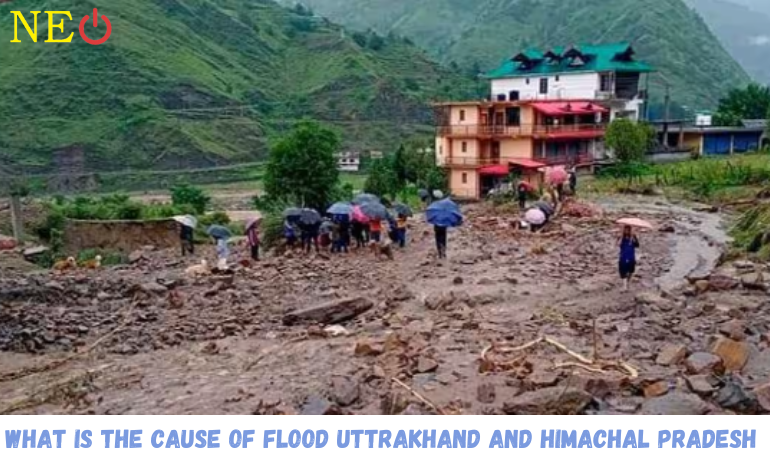Floods are more frequent in regions like Uttarakhand and Himachal Pradesh due to a combination of geographical, climatic, and human factors. These areas are prone to various types of floods, including flash floods and riverine floods. Here's an overview of why these regions experience frequent floods and some safety tips:
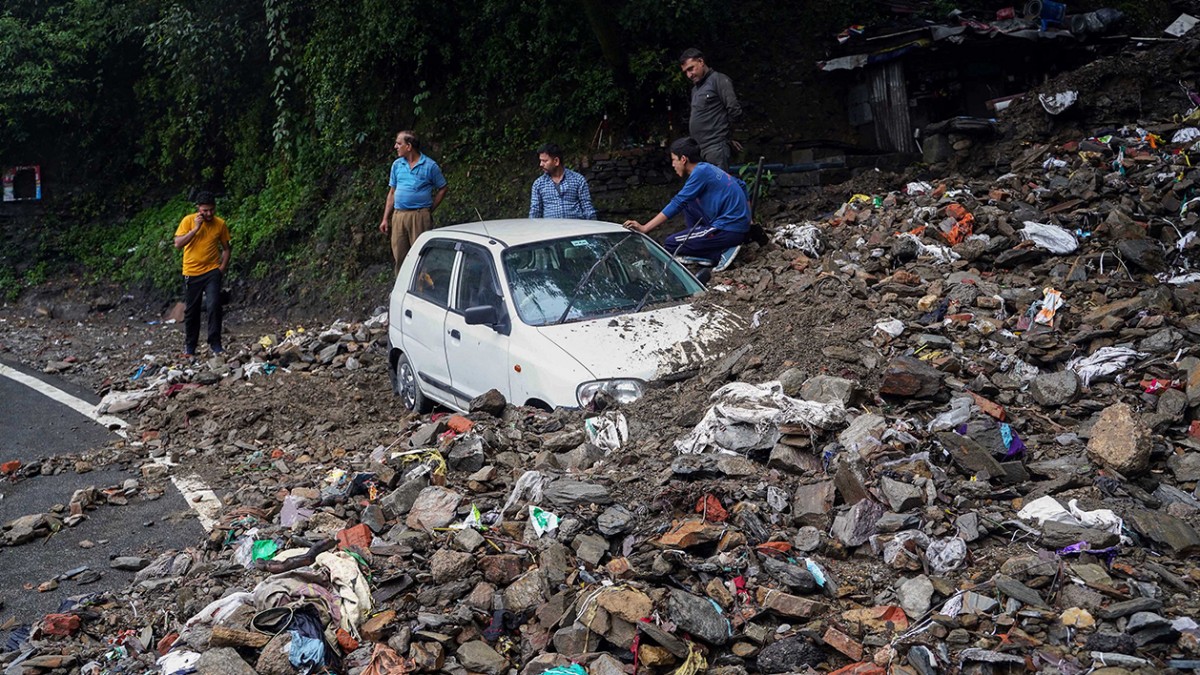
Reasons for Frequent Flood in Uttarakhand and Himachal Pradesh:
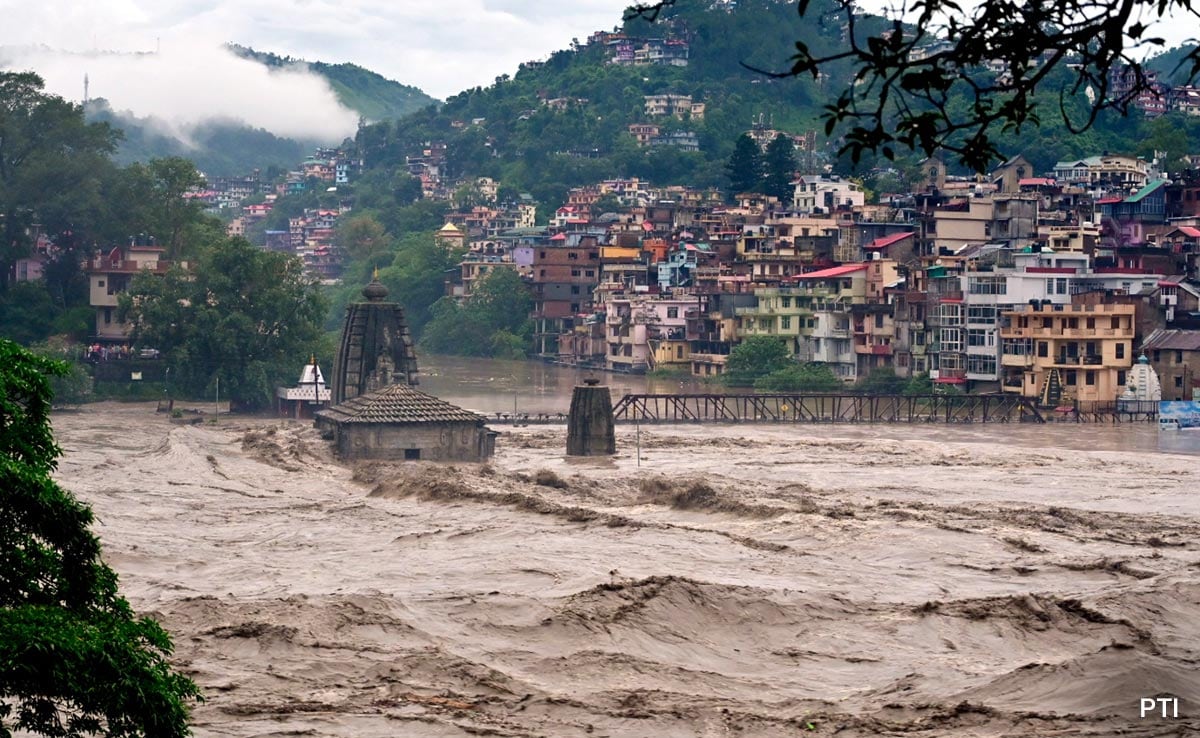
Geographical Factors:
- Steep Terrain: The mountainous terrain of Uttarakhand and Himachal Pradesh, with numerous rivers and tributaries, makes them susceptible to flash floods when heavy rainfall occurs.
Glacial Lakes:
- Melting glaciers in the Himalayas have led to the formation of glacial lakes. The sudden bursting of these lakes can result in devastating floods downstream.
Climatic Factors:
Monsoon Season:
- These regions experience heavy monsoon rains during the summer months. Intense rainfall over a short period can trigger flash floods in mountainous areas.
- Snowmelt: During the warmer months, snowmelt from the Himalayan glaciers can contribute to increased water flow in rivers, which can lead to riverine flooding.
Deforestation and Land Use Changes:
- Rampant deforestation and unsustainable land use practices, such as construction in flood-prone areas, have disrupted the natural drainage systems, increasing the risk of flooding.
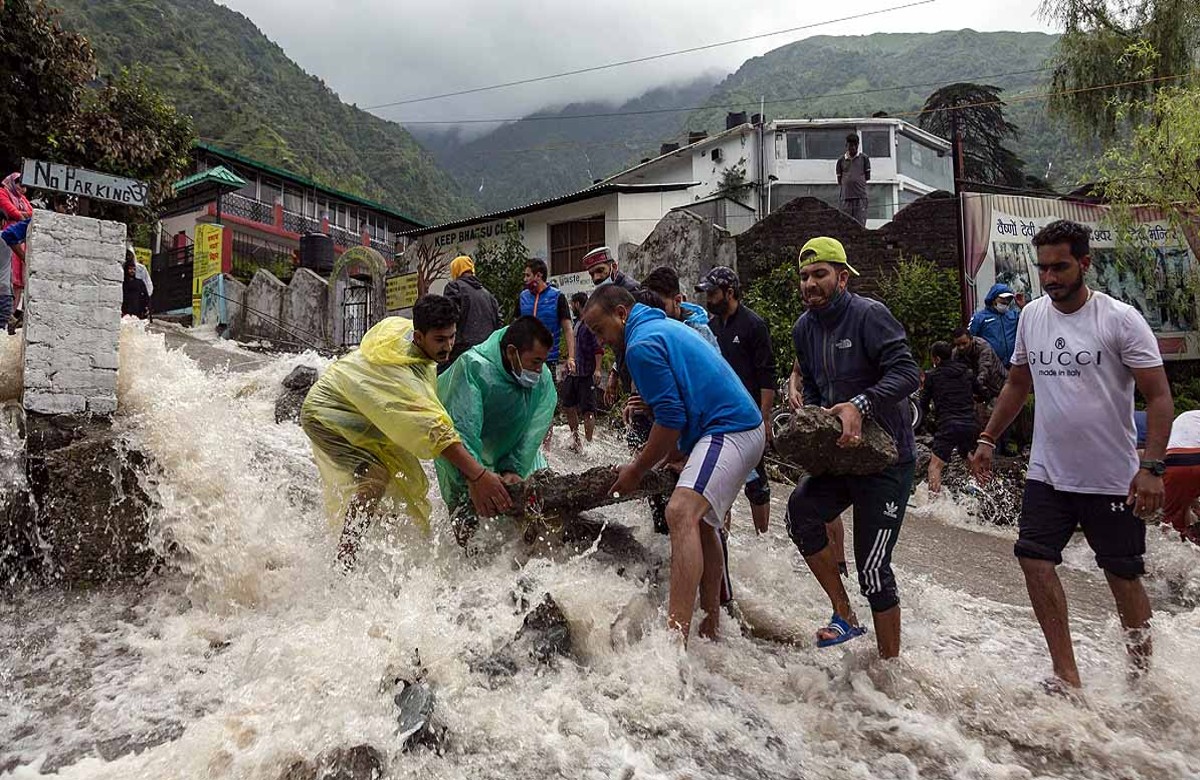
Safety Tips for Flood-Prone Areas (e.g., Rishikesh):
1.Stay Informed:
- Monitor weather forecasts and flood warnings from local authorities.
- Have a battery-powered weather radio or smartphone app to stay updated.
2.Emergency Kit:
- Prepare an emergency kit with essential supplies like non-perishable food, water, a first-aid kit, flashlights, batteries, and important documents.
3.Evacuation Plan:
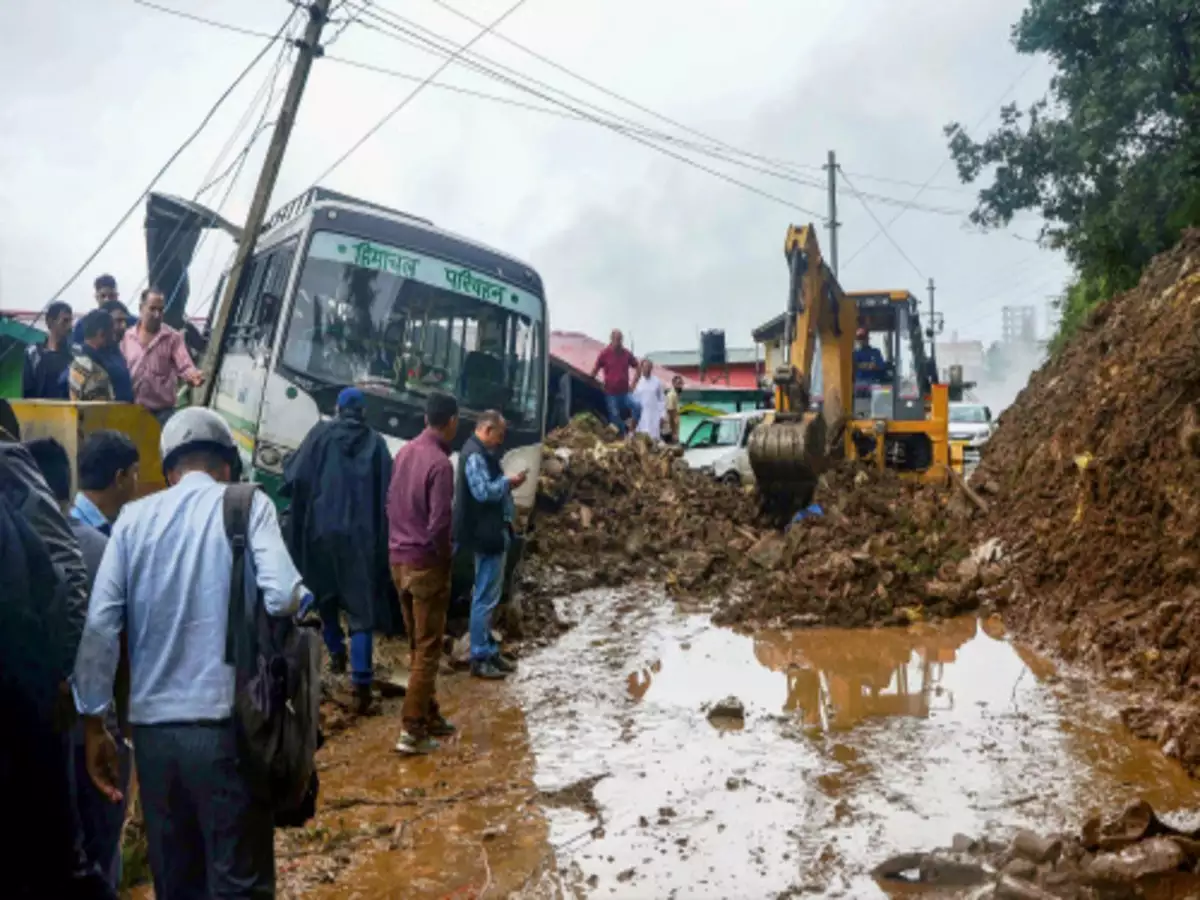
- Know your escape routes and have a plan in place. Follow the instructions of local authorities if an evacuation is ordered.
4.Flood Insurance:
- Consider purchasing flood insurance to protect your property and belongings.
5.Elevate Utilities:
- Elevate electrical panels, heating systems, and other utilities to reduce the risk of damage during floods.
6.Secure Your Home:
- Install sump pumps and check your home's foundation for any vulnerabilities.
Use sandbags to divert floodwater away from your property.
7.Communication:
- Establish a communication plan with family members, so everyone knows how to contact each other during an emergency.
8.Avoid Floodwaters:
- Never walk, swim, or drive through floodwaters as they can be deeper and more dangerous than they appear.
9.Seek Higher Ground:
- If you're caught in a flood, move to higher ground immediately.
- Don't wait until water levels become life-threatening.
10.Help Others:
- If it's safe to do so, assist neighbors who may need help evacuating, especially the elderly, disabled, or those with young children.
- Remember that safety should always be your top priority during a flood. Follow the advice and instructions of local authorities and emergency services to protect yourself and your loved ones from the dangers of flooding.
Impacts:
- Floods and Landslides: Due to their hilly terrain and proximity to the Himalayas, both states are vulnerable to flash floods and landslides, especially during the monsoon season. These events can disrupt transportation, damage infrastructure, and pose a threat to human lives.
- Cold Weather Hazards: In the winter, extreme cold and heavy snowfall can lead to road closures, power outages, and difficulties in accessing remote areas. Visitors should be prepared for these circumstances.
- Earthquakes: The Himalayan region is seismically active. Earthquakes can occur, potentially causing significant damage to buildings and infrastructure.


